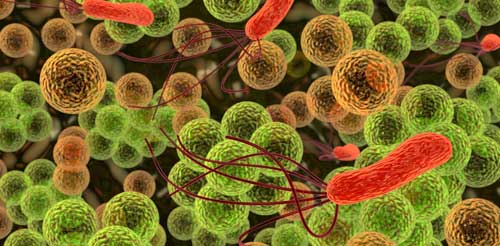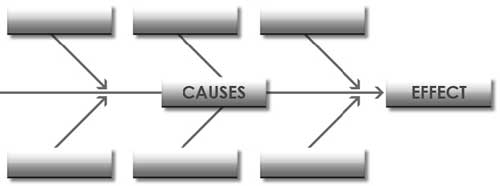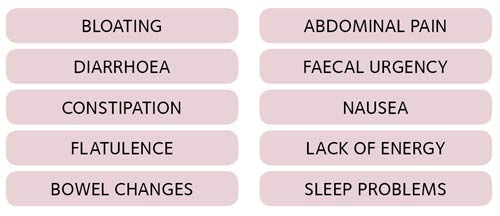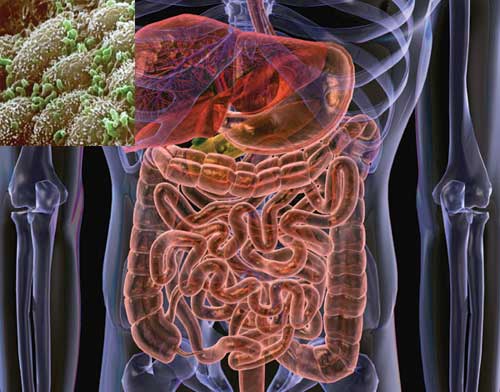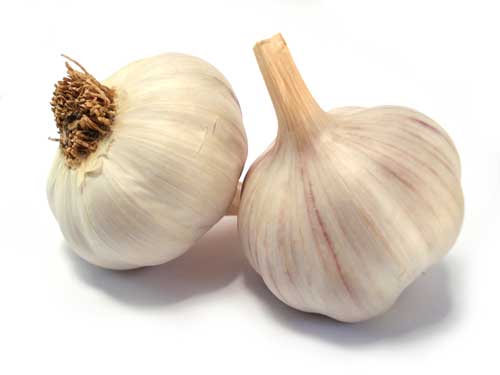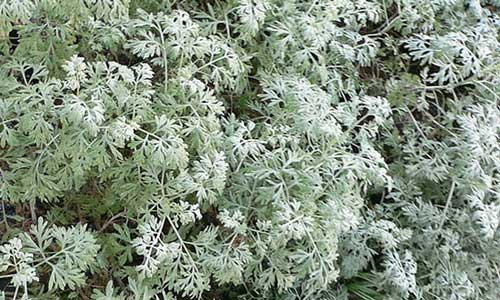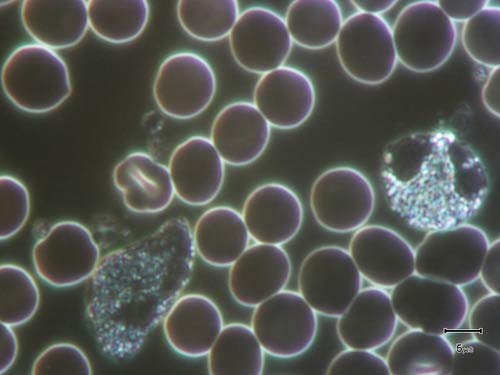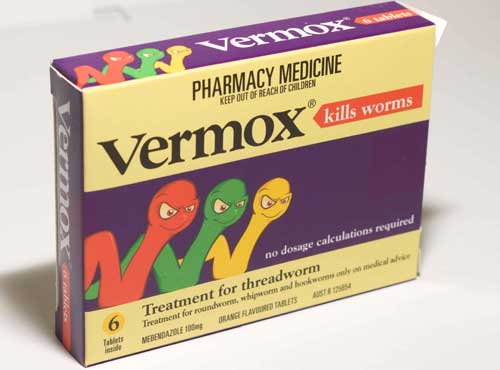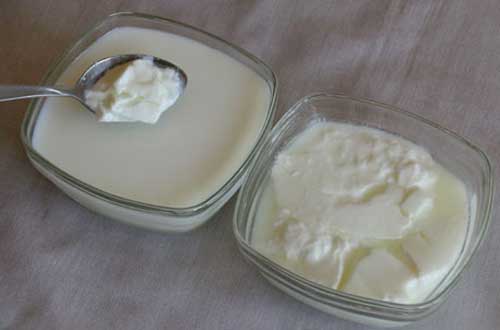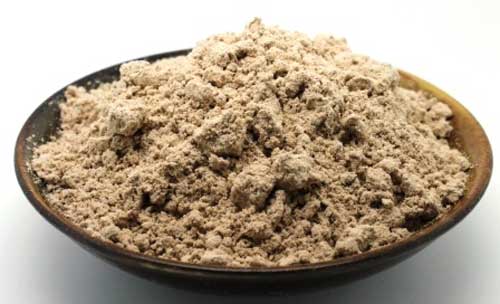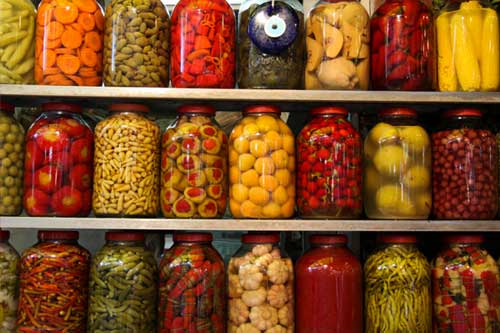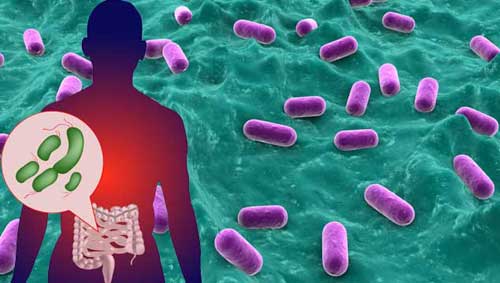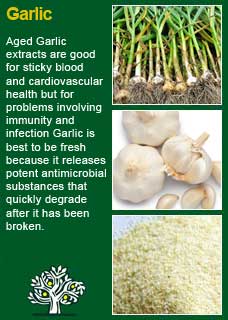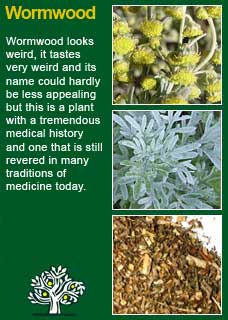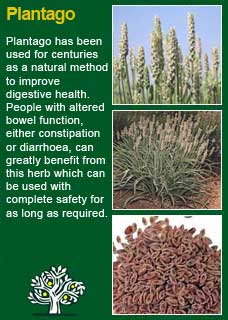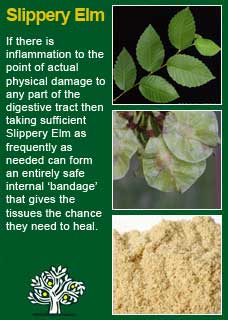
|
|
||
| Our Pages ABOUT CONSTITUTIONAL MEDICINE
|
An abundant and continuing stream of scientific research is showing that our general well-being, and a great many health conditions, are far more affected by our 'microbiome', than we ever could have imagined. The microbiome is the word that describes our complex internal micro-biological life. Dysbiosis, literally translating to 'bad life'; dys meaning wrong, as in dysfunctional, and bio meaning life, as in biology. is where the normal, healthy balance of that microbiome has been damaged by an infection of unhealthy organisms such as parasites, fungi or harmful bacteria.
However, in many cases, especially when the infection becomes chronic and the body gives up trying to violently expel the invader with vomiting or diarrhoea, the problem develops more widespread effects. The classic and most prevalent effect of dysbiosis is an uncomfortable feeling of pressure, swelling and bloating in the gut that doesn't only happen after eating too much or eating certain foods. Most people with dysbiosis also get some degree of disordered bowel function in the form of loose stools, increased frequency or urgency in going to the toilet. Most report suffering from significantly more malodorous gas than usual. People with chronic dysbiosis nearly always feel at least somewhat fatigued and 'out-of-sorts', especially when their bloating is at its worst. They often report higher than usual level of aches and pains (it has been well established that dysbiosis can be a major driver of chronic inflammation) The successful diagnosis and treatment of dysbiosis has been seen to be the turning point in many people's health however, our first major challenge in this area, is that there are several other common health conditions that can give much the same kind of symptoms as those described above. Therefore, before focusing on dysbiosis as a certain issue, it can be wise to at least consider three other possible causes.
If this is the case, there is a combination of herbs that are usually fast and effective at alleviating and then curing this common problem. They are usually so reliable that, if the person quickly responds to their use, then it is likely that this is what the problem was in the first place. The details are written up here
However, in the case of allergy or intolerance, there is usually a history of digestive system problems going back much further, even into childhood, and there are usually other red flags for this such as a history of eczema, asthma, hay fever or migraine. If this sounds like you, then the best path to sort your health out may be to start with an elimination diet of gluten and/or dairy products, or by looking into some bona fide food allergy tests that use blood as the diagnostic medium. This important subject is written up in detail here IBS is a label that gets used way too often as a kind of catch-all when the real issue is something quite different that just hasn't been diagnosed properly however, if you have the hallmark symptom of your gut problems starting in your late teens or early twenties, then consider IBS as a real possibility and carefully read the detailed article about this complex condition found here
A key difficulty with diagnosing dysbiosis from stool samples alone is that everyone has enormous numbers of bugs in their gut even when they are in good health! The average person has 400-500 different kinds of bacteria and fungi growing in their digestive tracts at any one time. In fact, most adults have up to two kilograms and literally thousands of billions of microbes living in their guts when they are perfectly well! At least some of those organisms will be unhealthy and parasitic but this only becomes an issue when they overgrow and spread out past a point of normal containment. The gut microbiome is like a rainforest with hundreds of different species able to live together. It is It is their ratio to the whole of the microbiome that matters far more than finding them present in trace amounts in the stools. To further complicate matters you may not get a truly representative analysis of the situation from a one-off sample because we get a wide variation in the relative numbers of micro-organisms in the stools from a range of day to day fluctuations in things such as food intake, immune activity and the life-cycles of the various bugs themselves.
Another common origin story for dysbiosis is when a person has had to take a course of antibiotics or antifungal drugs for some other reason whereupon much of the good bacterial flora in their guts has been wiped out and an infection of bad bugs has taken over the newly available space, and never left since.
If the person then gets better then you were right, if they don't get better then, so long as you were confident in your treatment, you must re-consider your hypotheses. If any of that sounds unscientific, you should know that the approach of empirical medicine continues to underlie an enormous amount of how all forms of medicine are practiced to this very day. People are complicated, everything is a theory until it can be proven. The following treatment steps are what we can be confident will either cure, or at the very least significantly improve, dysbiosis.
If you were to spread out all the tiny folds in your digestive tract it would cover an area that was larger than two entire tennis courts. This happens because of tiny projections in the gut called 'villi' that are there precisely to increase that surface area enough that the essential process of absorbing nutrients can take place in an optimal environment. A good way to understand dysbiosis is to think of this space as being like a large lawn which has been over-run by unhealthy weeds, insects, fungi etc. In this case the first thing you must do is kill off the weeds, fungi etc. and then after that you can successfully plant new seeds to help regrow a healthy lawn. Dysbiosis can be a difficult problem to cure; whatever kind of 'bad-life' is in there you can be sure it won't want to leave so you must be prepared to give it a hard push to get out. Fortunately, there are two substances that no bacteria, parasite or fungi has learned how to resist despite thousands of years of their continual use in humans; Garlic and Wormwood.
A therapeutic dose to weed out dysbiosis is 4-6 medium sized cloves at a time. This amount of Garlic is best taken with food at either lunch or dinner time and it is best to do the garlic onslaught at least two times a week but not more than three times a week, The length of time to properly do this treatment with Garlic is at least 6 weeks but be prepared to do extra weeks if you obviously improve on the treatment but start getting worse again when you stop. Parasites, in whatever form they come, are true survivors; you have to be prepared to keep making their home a most uncomfortable place to be until they finally give up and go for good. Do note that, according to the method of empirical medicine as described above, if you are not clearly responding to the treatment within 3 or 4 weeks then you should stop and pause for thought.; because it may well be that the root of the problem is actually not dysbiosis but rather something quite different as discussed earlier. How to best take the Garlic is entirely up to you. So long as you get it into you 2 or 3 times a week it will do its work in making your gut an extremely inhospitable place to be a bad bug. Some people simply peel the cloves of garlic then chop them into small pieces and swallow them like little pills with plenty of water. Mixing the freshly peeled and cut garlic into something like a Guacamole or Salsa can make it a more pleasant experience but remember that you must not heat the garlic before eating it. The page on Garlic in the herbal A-Z has a lot more detail about this great friend of our health and a recipe called 'dynamite on toast' that might take your fancy - all that is found here
The down-side to Wormwood is that it is an incredibly hard herb to take in tea or tincture form because of its remarkably bitter taste. In our clinic, we get organic Wormwood, as a raw herb, that we then send to a local company to put into capsules. The typical dose of this product is 4 capsules each night for at least 4-6 weeks. We cannot sell this online but, as mentioned at the beginning, consider finding a good herbalist to be sure to be getting the right stuff yourself, more about Wormwood here
This process, called 'Herxheimer reactions', can make you feel quite seedy for a few days. How much it happens varies a lot between different people and likewise exactly how they feel is variable but people typically talk about having felt super tired, or how they felt like they had a flu with random aches and pains, or how their bowel got even more upset for a time. Also note that if any of this happens the first one or two times you take Garlic or Wormwood then it may be that these medicines are too strong for your system at those doses and you either need to reduce the dose or consider taking them in another way, e.g. chopping the raw Garlic into a soup so it is better able to be digested. However, if you are ok for the first few days but then you suddenly start getting die-off reactions, then be encouraged that this probably means you are on the right track and that you should just hang in there!
It may be that this will be the right approach for some people but do not underestimate the power of herbs to help just as well, if not better, and you must know that taking antibiotics or antifungal drugs for any length of time is very hard on a person's general health. That said, if a person has actual, literal worms in their digestive tract then yes, they should still use Garlic and/or Wormwood for all the other dysbiotic organisms that may be present, but it is also recommended that they take a single dose of one of the pharmaceutical worming drugs such as Vermox. Such drugs paralyse the parasite and then interfere with its metabolism to the point it can be easily passed out. A worming pill will not harm you or your micro-biome and, even if this was only part of the problem, it will make any further steps you take to rebuild a healthy micro-flora all the more effective in a timely manner.
Once you have started effectively 'weeding' out the dysbiosis you need to get and keep healthy bacteria inside your body for a very long time i.e. the rest of your life! Much more so than Garlic or Wormwood, or Vermox for that matter, good probiotics will be costlier but it will be worth it so long as they are alive and viable, more about that next. You don’t need large quantities of probiotics but you do need to ingest them regularly. Living, healthy bacteria can very quickly make more of themselves in the 'Garden of Eden' they consider your gut to be. The marketers of probiotics will try to convince you to buy their product above the others because it contains certain strains or so many billion more good bugs than the competition. Ignore them, all probiotics can be highly beneficial and it is not the quantity going in that counts, it is the quality. You must be certain that you have high quality, alive organisms so, at least once when you first start using one or another brand of a probiotic, put it to the test! ~ Ingredients
~ Instructions
The container that had the half cup of milk in should not thicken to any real extent within 2 days so long as the container was clean and is kept covered. Good, viable probiotic bugs do not take long to rapidly repopulate themselves when they have a rich source of food, such as the milk. If you cannot tell much difference between the two containers, then you have either a dead or largely useless probiotic. This happens more than you might think, poor refrigeration during shipping and handling being the main reason. Discard it and try another brand. If you have the inclination, write to the company and explain what happened. Aside from a good chance of being refunded, it may make them investigate and take extra care of what happens after they ship their products. After all, they won't be doing anyone any good if they aren't viable.
If we come back to the analogy of the lawn, the 'prebiotic' is that which prepares the ground for the seeds to be planted. Not everyone needs to think about this side of things but, especially if you have a history of poor bowel elimination, or some specific areas of bowel pain, then it may be of much help to use either Plantago husks or Slippery elm powder. Again, in line with empirical medicine, we might choose to simply 'try and see'. Does the general condition and bowel health significantly improve on either herb? Does it worsen when they are stopped and again improve when they are re-introduced? Plantago is particularly helpful as a bulking fibre, it is much used in herbal medicine for both constipation and diarrhoea as a balancing, steadying substance for the disturbed bowel. Detailed instructions on how to use Plantago husks are written up here, and Slippery Elm here
You will find a wealth of practical information on the internet about how to use and enjoy fermented foods. Try things out and find what suits your personal tastes to keep using regularly. A short list includes: yoghurt, sauerkraut, kefir, miso soup, kombucha, tempeh and pickles.
The short answer to the question 'do sugars and yeasts cause dysbiosis?' is no. It is chronic infections of unhealthy organisms in the gut that cause dysbiosis and it is a certain fact that you may limit the food supply to these organisms by restricting your diet but that doing so will no more kill them off than it caused them to get there in the first place. Many people can cure their dysbiosis and prevent it coming back by occasionally having some raw Garlic in their diet and by having a reasonable amount of fermented foods or perhaps a supplement containing good bacteria to keep the gut healthy. One last point is that if you find that you do get much better with using this approach but then get worse soon after you ease off the treatment then it may well be that your core problem is an immune system that is not healthy enough to keep the bad bugs in check by itself. In that case have a close look at your immune health, more here
Finally, you might benefit from learning about your constitution to know what kind of foods, herbs, exercises etc. will work especially well for your health in general.
Please understand that I cannot personally advise you without seeing you in my clinic. |
|
|
© 2011 R.J.Whelan Ltd
